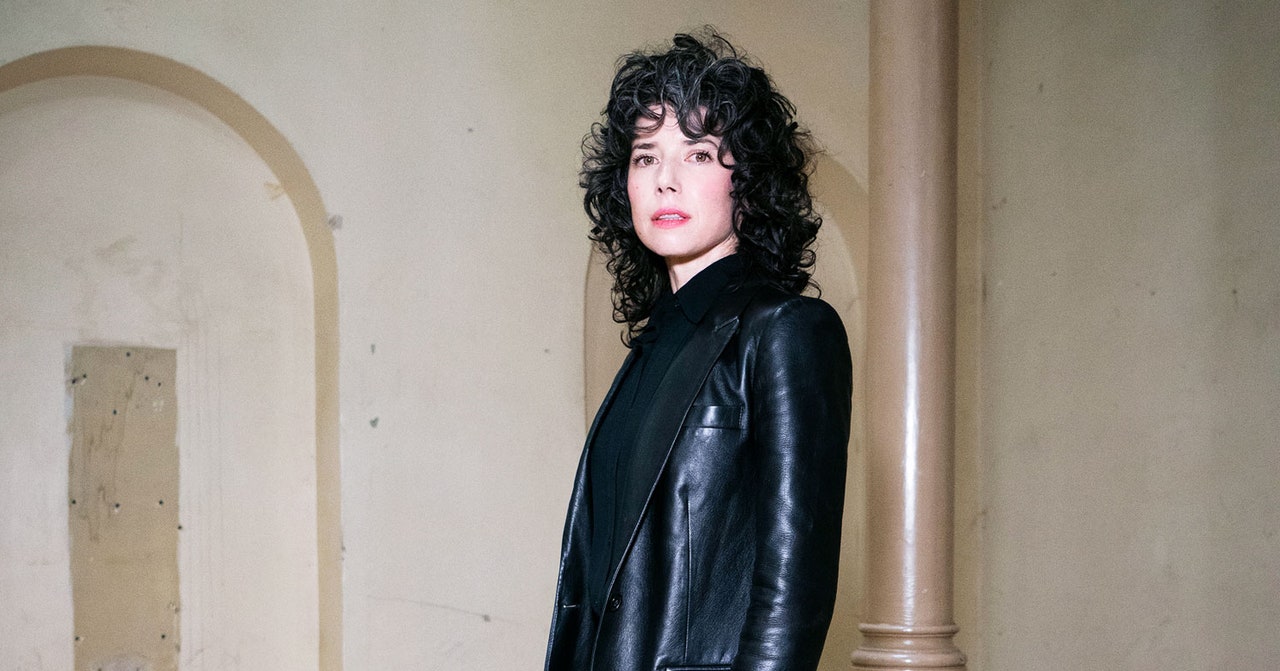Signal’s president reveals the cost of running the privacy-preserving platform—not just to drum up donations, but to call out the for-profit surveillance business models it competes against.
The encrypted messaging and calling app Signal has become a one-of-a-kind phenomenon in the tech world: It has grown from the preferred encrypted messenger for the paranoid privacy elite into a legitimately mainstream service with hundreds of millions of installs worldwide. And it has done this entirely as a nonprofit effort, with no venture capital or monetization model, all while holding its own against the best-funded Silicon Valley competitors in the world, like WhatsApp, Facebook Messenger, Gmail, and iMessage.
Today, Signal is revealing something about what it takes to pull that off—and it’s not cheap. For the first time, the Signal Foundation that runs the app has published a full breakdown of Signal’s operating costs: around $40 million this year, projected to hit $50 million by 2025.
Signal’s president, Meredith Whittaker, says her decision to publish the detailed cost numbers in a blog post for the first time—going well beyond the IRS disclosures legally required of nonprofits—was more than just as a frank appeal for year-end donations. By revealing the price of operating a modern communications service, she says, she wanted to call attention to how competitors pay these same expenses: either by profiting directly from monetizing users’ data or, she argues, by locking users into networks that very often operate with that same corporate surveillance business model.
“By being honest about these costs ourselves, we believe that helps provide a view of the engine of the tech industry, the surveillance business model, that is not always apparent to people,” Whittaker tells WIRED. Running a service like Signal—or WhatsApp or Gmail or Telegram—is, she says, “surprisingly expensive. You may not know that, and there’s a good reason you don’t know that, and it’s because it’s not something that companies who pay those expenses via surveillance want you to know.”
Signal pays $14 million a year in infrastructure costs, for instance, including the price of servers, bandwidth, and storage. It uses about 20 petabytes per year of bandwidth, or 20 million gigabytes, to enable voice and video calling alone, which comes to $1.7 million a year. The biggest chunk of those infrastructure costs, fully $6 million annually, goes to telecom firms to pay for the SMS text messages Signal uses to send registration codes to verify new Signal accounts’ phone numbers. That cost has gone up, Signal says, as telecom firms charge more for those text messages in an effort to offset the shrinking use of SMS in favor of cheaper services like Signal and WhatsApp worldwide.
Another $19 million a year or so out of Signal’s budget pays for its staff. Signal now employs about 50 people, a far larger team than a few years ago. In 2016, Signal had just three full-time employees working in a single room in a coworking space in San Francisco. “People didn’t take vacations,” Whittaker says. “People didn’t get on planes because they didn’t want to be offline if there was an outage or something.” While that skeleton-crew era is over—Whittaker says it wasn’t sustainable for those few overworked staffers—she argues that a team of 50 people is still a tiny number compared to services with similar-sized user bases, which often have thousands of employees.
read more: https://www.wired.com/story/signal-operating-costs/
archive link: https://archive.ph/O5rzD



If the dollar fee of Whatsapp teaches us anything is that any tax you put on your app hinders adoption.
Whatsapp intended to do that but ended up scrapping the tax for various reasons. One of them was to keep the existing user base (they have existing customers lifetime use for free when they brought out the $1 idea). Another was the fact that in some populous regions of the world credit cards weren’t common (like India) and they’d rather have lots of users there.
Bottom line, the $1 Whatsapp is even more elusive than the WinRar license and I’ve never personally heard of anybody who ever paid it.
https://venturebeat.com/mobile/whatsapp-subscription/
My dad paid for it for himself, for me and for my mother, this made a lot of sense bc in Spain, in the pre-messaging app era, sms were like 5-20cents each in most tariffs.
It was getting to the point where it wasn’t uncommon for an average joe to just ask their friend who’s using whatsapp how to pay for it so he can have it too(many ppl had never bought anything online so they needed help)
However things are different now, there are tons of free messaging app alternatives out there, ppl would rather change to another free one.